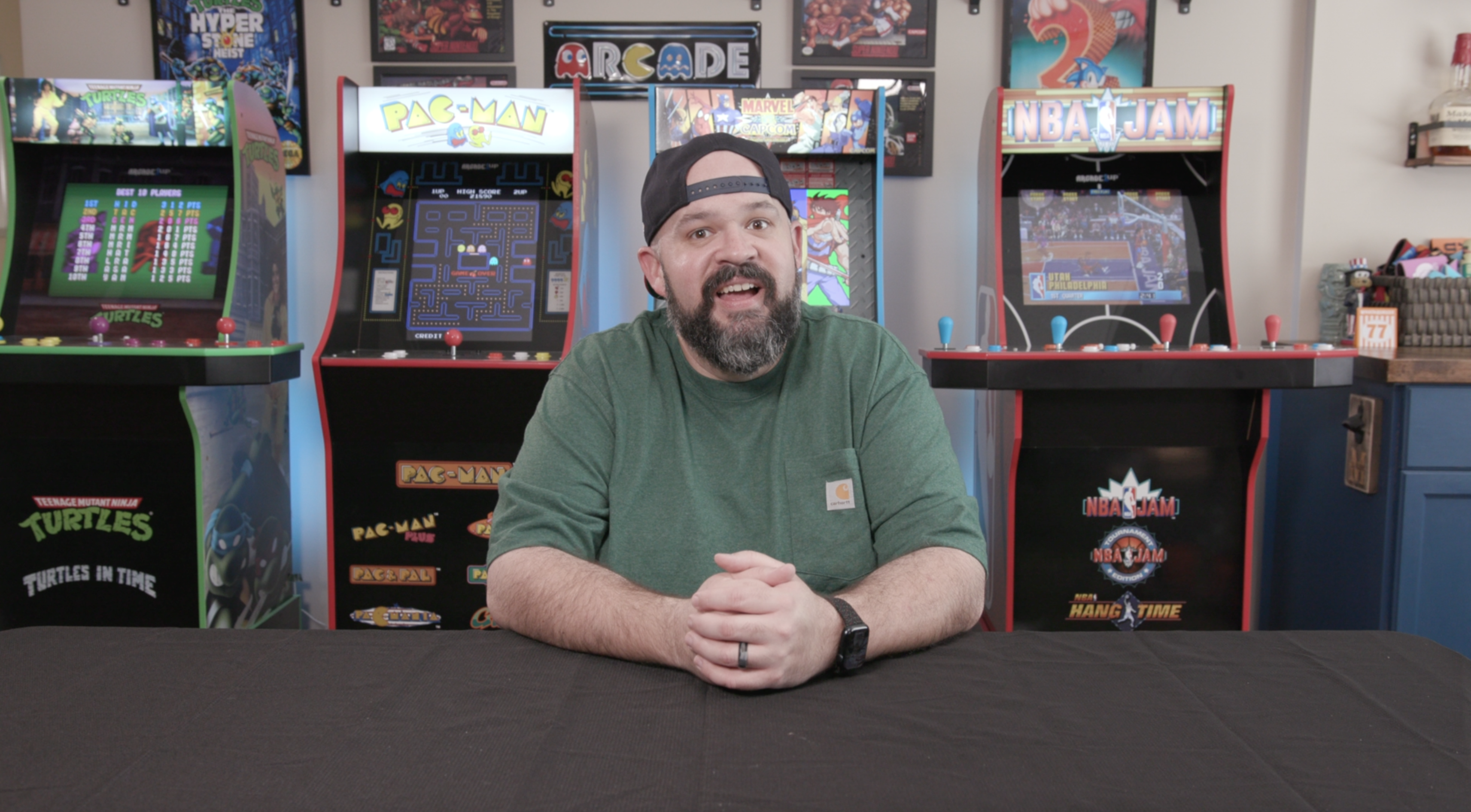HUNTSVILLE BLASTING: Ordinance doesn’t require public notification
Published 6:15 am Tuesday, March 21, 2017
Limestone County Commissioners Steve Turner and Jason Black stood about 2,000 feet away from a blast at a rock quarry Monday and both said they felt nothing.
The commissioners were about 1,000 feet inside the entrance of the Rogers Group quarry near the intersection of Gray and Newby roads when the charge was detonated.
“Two guys from the Rogers Group told me, ‘That was it,’” said Turner, who represents District 2. “It sounded like thunder in the distance.”
Black described it as “muted thunder,” and — like Turner — said he couldn’t feel any shaking.
“I looked for a dust cloud and didn’t see anything,” Black said.
Their description of blasting operations was in contrast to that of residents who spoke at Monday’s commission meeting. They compared the blasts to earthquakes and described sounds of windows rattling and — in some cases — items falling off shelves.
“Maybe it affects some people differently,” Turner said, adding he wants to be in other areas when the next blasts go off so he can gauge what residents are feeling.
Notification
Danny Shea, director of Huntsville’s Division of Natural Resources and Environmental Management, said air pollution control permits related to the quarry project were published in the Huntsville Times and on the city’s website. Permits pertaining to stormwater associated with stone processing were issued by the Alabama Department of Environmental Management and do not mention blasting.
He explained the Huntsville City Council would have to amend the current blasting ordinance to provide an avenue for public notification.
The city of Huntsville granted a blasting permit Dec. 28 to Blountsville-based Austin Powder Midsouth LLC. The permit requires notification be given to the city’s director of Natural Resources and Environmental Management four hours before the detonation of explosives. If blasting occurs after 5 p.m. or on Saturday and Sunday, notification must be given 24 hours in advance.
Huntsville’s blasting ordinance, 89-482, is specific in terms of decibel requirements and other parameters, but it does not require the city to notify anyone about when blasting would occur. It also does not require a company to tell the city what specific type of explosive materials it uses and how much it uses.
Measuring the blasts
Prior to Monday, there have been three blasts at the quarry since the permit was granted. Those occurred on Feb. 24, March 6 and March 13. As per the terms of the permit, Austin Powder is required to stay at or below the city’s maximum air overpressure of 128 decibels.
The city’s blasting ordinance also restricts ground vibration to a maximum of 0.5 inches per second per blast. The two highest vibrations were measured March 6 (0.18 inches per second on Locust Drive) and March 13 (0.143 inches per second on Locust Drive).
The Feb. 24 blast did not register with a seismograph on Locus Drive. It measured 118 decibels on Gray Road and 108 on Beech Grove Road.
The March 6 blast did not register on Gray Road, while it measured 111 decibels on Beech Grove and 115 on Locust Drive. The March 13 blast measured 112 decibels on Gray and Beech Grove roads and 110 on Locust Drive.
Shea said if blasting operations continue without violating seismographic requirements, the city would likely cease monitoring every shot.
“We’ll always monitor, but we won’t necessarily have an inspector on site,” he said.
Frequency of blasts
Some residents who spoke at Monday’s meeting said it was their understanding there would be only four blasts per year at the quarry, but Shea said he didn’t know how they arrived at that number. He explained the amount of blasts would likely depend on the demand for rock.
He said those early blasts at the quarry were also more surface-based shots necessary to make an opening large enough to get equipment down to mine for rock. Monday’s blast occurred about 50 feet below the earth’s surface.
When asked if the blasts would be enough to damage a home, Shea said he can “never say never,” but added the closest home is 1 mile from the blast site.
“Some people are sensitive to vibration and can feel vibration that is remarkably slight,” he said. “It’s very similar to if you’ve ever had a thunderclap fairly close and it shakes your house.”





